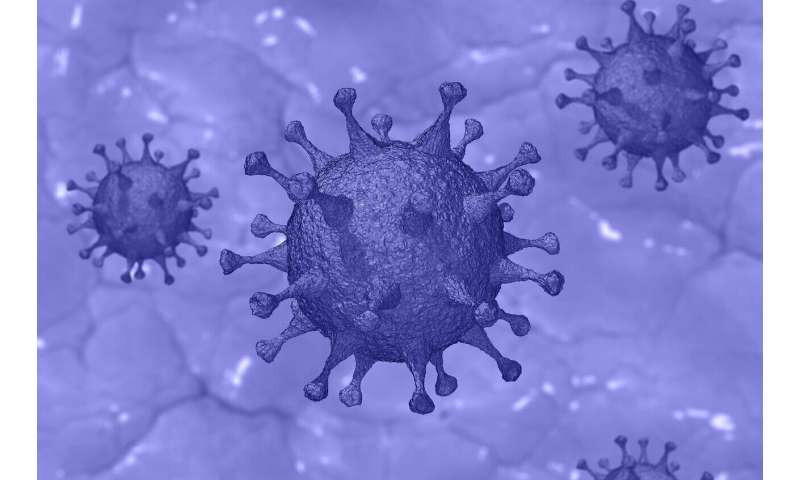
Among patients reporting to hospital emergency departments (EDs) with suspected COVID-19 infection, important differences in symptoms and outcome exist based on age, sex and ethnicity, according to a new study published this week in the open-access journal PLOS ONE by Steve Goodacre of the University of Sheffield, UK, and colleagues.
Hospital EDs have played a crucial role during the COVID-19 pandemic in receiving acutely ill patients, determining their need for hospital admission, and providing treatment. Appropriate management of the heterogeneous population of patients who are suspected of having COVID-19 is an important challenge that needs to be informed by relevant data.
In the new paper, part of the Pandemic Respiratory Infection Emergency System Triage (PRIEST) study and funded by the National Institute for Health Research (NIHR), researchers collected a mixture of prospective and retrospective data from 22,445 people presenting to 70 EDs across the UK with suspected COVID-19 infection between March 26, 2020 and May 28, 2020. Data on sex, age, ethnicity, presenting symptoms, admission to hospital, COVID-19 result, organ support and death was available for each patient 30 days after initial presentation. This study is one of a number of COVID-19 studies that have been given urgent public health research status by the Chief Medical Officer/ Deputy Chief Medical Officer for England.
On average, those included in the study were 58.4 years old, 50.4% female, and 84.75% white. Adults admitted to the hospital with confirmed COVID-19 were more than twice as likely to die or receive organ support than adults who did not have COVID-19, suggesting a worse outcome from COVID-19 than similar presentations. Compared to children aged 16 years and under, adults were sicker, had higher rates of hospital admission (67.1% vs 24.7%), COVID positivity (31.2% vs 1.2%) and death (15.9% vs 0.3%). Men were also more likely to be admitted to the hospital than women (72.9% vs 61.4%), required more organ support (12.2% vs 7.7%) and were more likely to die (18.7% vs 13.3%).
In addition, ethnicity conveyed some differences—Black and Asian adults tended to be younger than White adults and, while they were less likely to be admitted to the hospital (Black 60.8%, Asian 57.3%, White 69.6%), they were more likely to require organ support (15.9%, 14.3%, 8.9%) and, importantly, more likely to have a positive COVID-19 test (40.8%, 42.1%, 30.0%).
Source: Read Full Article
